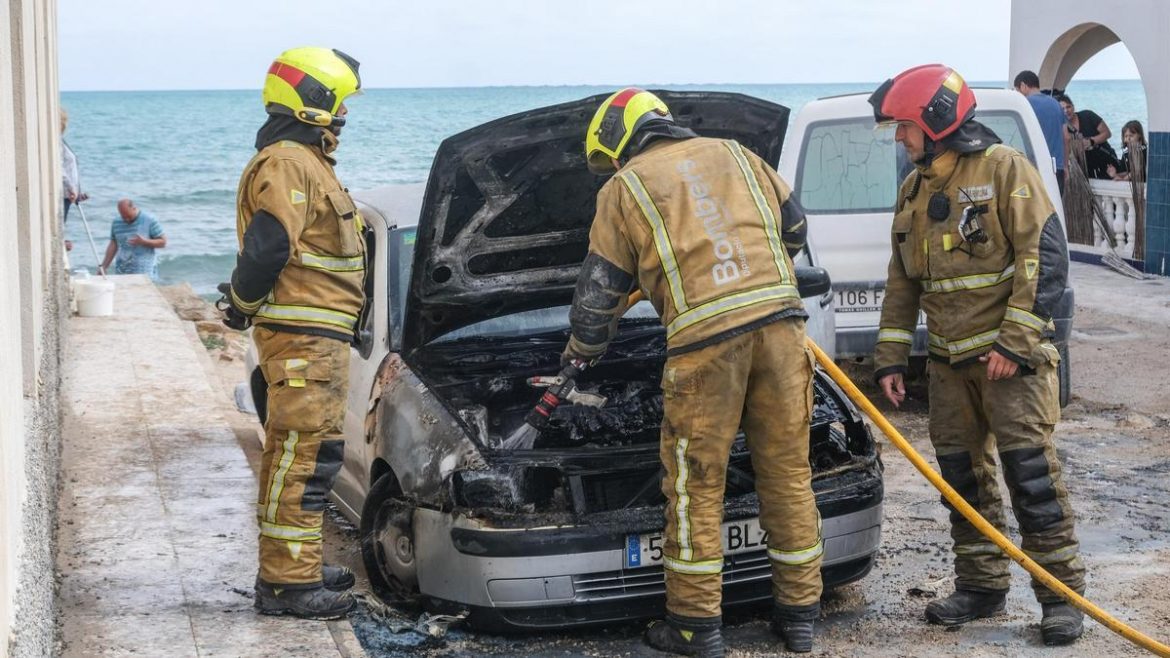Acting in an accident when electric, hybrid or other new technologies such as gas are involved is more dangerous than with thermal combustion cars.
These are the words of the firefighters of the provincial consortium, who in recent years have been fine-tuning their training to take extreme precautions and avoid added risks such as electrocution if high-voltage components such as batteries, which can reach 1,000 volts, are touched.
New protocols
“The most important thing is not to approach the vehicle instinctively, but to do a 360-degree reconnaissance around the vehicle,” explained Alan Clemente, a specialist rescue trainer and officer of the provincial fire department. He also pointed out that once, the vehicle in question has been identified as either electric, hybrid or gas-powered, “a minimum perimeter of 50 metre must be established for both the agents and the public”. This prevents the effects of possible LPG or CNG gas leaks because there may be affected pipes or the tank has been displaced with the impact. Likewise, the fire of a car with lithium-ion batteries, which can burn for hours, is also more dangerous.
Hoaxes
During his speech, he wished to debunk “old hoaxes” such as that when an electric and hybrid car is flooded, it does not transmit the current to whoever is going to touch it due to the car’s own safety systems. In this sense, he pointed out that they are “very safe vehicles for driving purposes” but when they have an accident “the safety system disconnects but the batteries still have voltage”. Moreover, he indicated that prevention will be even greater when cars powered by green hydrogen start circulating because “high voltage will be mixed with hydrogen cylinders charged to 700 bars.”
Keep your distance
A minimum distance of 50 metres should be established, plus another 50 metres as a “temperate zone” where the firefighters would act since they have the necessary equipment, means and knowledge to avoid intoxication.
Cover photo and source: Inforacion.es.

